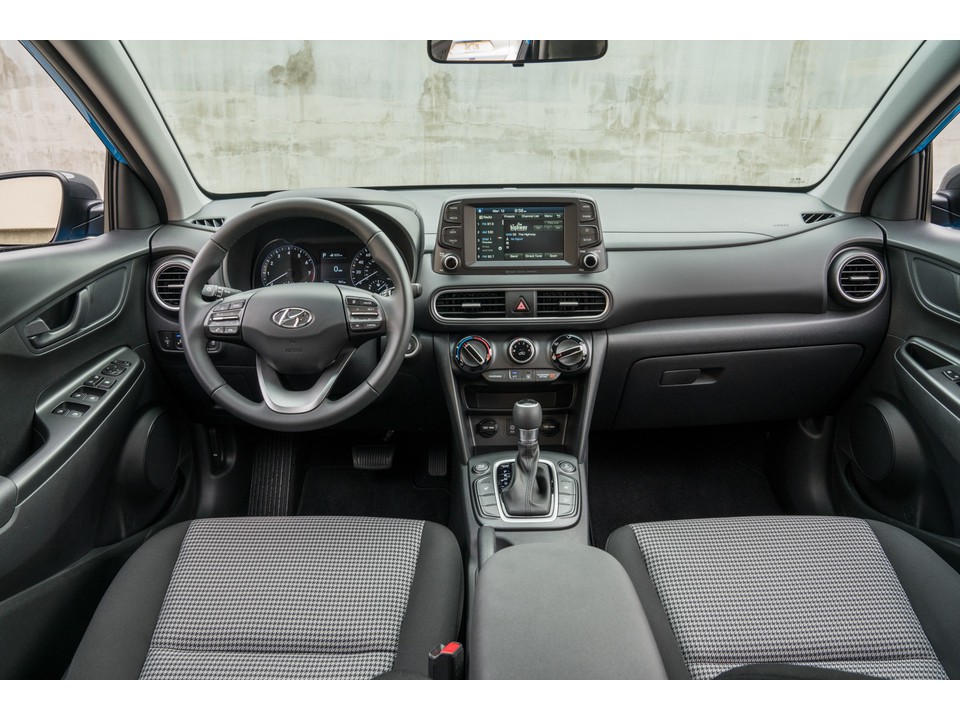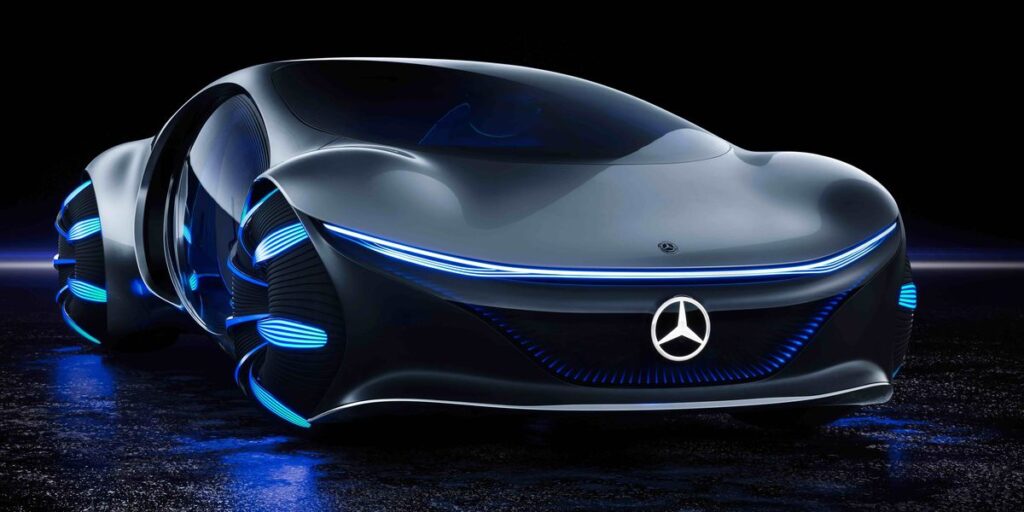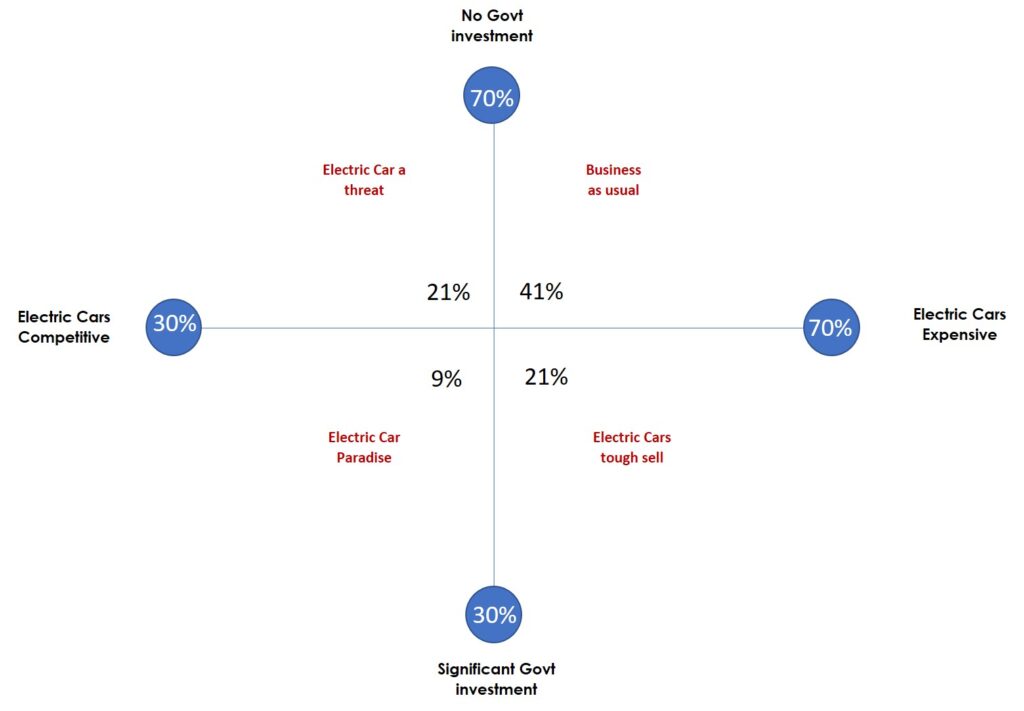ARE WE READY FOR ELECTRIC CARS?
“Combining expansive space and head-turning good looks. With an exceptional electric driving range of up to 300 miles, the KONA Electric gives you the best of both worlds – with no compromises.” That Hyundai’s promise referring to the KONA car, the first electric car to be assembled in Nigeria.
How will electrobility impact Africa in the next decade or two? Are we ready?
What implications does electrification hold for Africa in the coming decades? Are we adequately prepared?
The KONA SUV, being entirely electric, operates with zero emissions and offers convenient charging at both home and work, provided charging stations are available. This signals a potential disruption in the transport sector. Such skepticism may arise upon reading this, but it’s understandable. Disruption in transportation is not a novel phenomenon.
Rewind to circa 1900, when the prediction of automobiles replacing horse-drawn carriages was met with doubt. Cars were expensive, unreliable, and unsuitable for the roads of that era – some of these concerns persist in certain areas today. The prevailing belief was that automobiles would remain a luxury for the affluent. However, within five decades, cars became the primary mode of transport, completely overtaking horse-drawn carriages

It is evident that change is imminent within the automotive industry, yet the specifics of this transformation – its appearance, requirements, and timeline – remain uncertain. This ambiguity epitomises disruption. To navigate and capitalise on the forthcoming changes, companies must embrace creative and calculated risk-taking. Such an approach can safeguard firms from the decline that has befallen many once-successful organisations, as frequently highlighted in case studies, books, and journals within business academia.
But why focus on electric vehicles? The primary motive is to reduce emissions, thereby addressing global warming. The automobile industry, currently in its maturity stage, faces the looming threat of disruption. In this phase, companies often concentrate on refining existing practices rather than innovating. Consider, for example, the widespread adoption of the start-stop system across various car models – an innovation now almost ubiquitous in the industry.

Emerging technologies and processes, such as autonomous vehicles, are already reshaping the automotive landscape. Just as automobiles once rendered horse-drawn carriages obsolete, electric vehicles are poised to have a similar impact on diesel and petrol cars. However, this transformation presents a significant challenge.
Consider the Hyundai KONA’s price of an astounding 24 million Naira – a sum beyond the reach of many Nigerians.
Previously, I alluded to a sense of scepticism, a sentiment that has historically characterised successful companies which ultimately failed. These firms often overlook or dismiss disruptive trends, using justifications such as ‘it won’t work here,’ ‘our customers aren’t interested,’ or ‘it’s not profitable.’ Denial tends to be their default reaction.
Moreover, many struggle to abandon entrenched mindsets and behaviours. This is akin to the reaction of some readers who may have been sceptical earlier about the disruptive potential of electric vehicles within the automobile industry, doubting its feasibility.

Let’s see how Stallion Group can approach the strategic decision on investing in electromobility and assembling the electric car project in Nigeria for the next decade or two. Three questions will be debated heavily within their ranks.
- How do we ensure we catch up with technology that provides solutions?
- What role will the government play?
- Will consumer behaviours and preferences change?

Adapting to Technology that Offers Solutions
The primary uncertainty facing Stallion Group is technological in nature. The key question is: how rapidly will changes occur once this new technology is embraced? Is there sufficient infrastructure to drive the consumer behaviour shift that Stallion Group anticipates? For instance, the declining cost of solar panels indicates a bright future for clean energy, and an increasing number of customers are adopting this alternative energy in their homes.
The Government’s Involvement
Another area of uncertainty involves political and regulatory policies. With escalating environmental damage costs, stagnant salaries and wages, soaring living costs, and the threat to millions of jobs, the response of the state government remains to be seen. Will they introduce bold initiatives for green and alternative energy, or overlook them due to potential controversy, such as banning the import of petrol and diesel cars? How will their policies compare in supporting used electric vehicles versus fuel and diesel engines? Additionally, will they be able to mitigate the impact on consumers and foster endorsement?
Shifting Consumer Behaviours and Preferences
Finally, there is the question of evolving consumer behaviour. Are consumers ready to embrace cleaner and more sustainable commuting options? Will they be prepared to pay a significant premium for electric vehicles?

Consider a hypothetical scenario where Stallion Group estimates a 30% likelihood of significant government investment and support, alongside the prospect of electric vehicles becoming competitive with petrol and diesel models within the next decade. While these odds may appear slim, leading companies often embrace a risk-oriented mindset. They recognise and strategically respond to uncertainties.
For instance, if the probability of electric vehicles becoming competitive is 30%, and the likelihood of substantial government investment and policy support for accelerated adoption is also 30%, then the probability of an imminent ‘electric car paradise’ is 0.30 x 0.30, which equals 0.09, or 9%. This method of calculation is applicable to other scenarios as well.
The probability of each of the four potential futures is determined by multiplying the odds of the two uncertainties it represents.
Examining these potential futures is beneficial as it lays the groundwork for understanding the likely characteristics of each scenario and how the industry might develop over the next ten to fifteen years
- Business as Usual : Is as it sounds— electric cars remain expensive and there are no significant investments from either state or federal government. In the future, it probably makes sense for Stallion Group to keep investing in their fuel and diesel supply chain including assembling or importing such cars. Owners of filling stations will probably maintain the same posture and consumers will go with the flow.
- Electric Car Paradise: This scenario envisions a world where the government significantly invests in electric vehicles (EVs), making them as cost-competitive as diesel and petrol cars. In such a future, the Stallion Group would need to focus on electric cars to stay competitive and ahead of the curve. The government would have implemented widespread charging points on streets and motorways, and consumers would install them at home for convenience. Petrol stations would adapt their facilities to include EV charging points. Furthermore, the government would provide grants for citizens purchasing zero or ultra-low emission vehicles, as well as support the car industry in importing EVs, making the transition to greener vehicles more affordable and accessible. Investment in the development and mass production of electric vehicle batteries would also be a feature of this future.
- Electric Cars Become a Threat: This future sees electric cars becoming competitively priced and accessible, even without significant government investment. Electric and low emission vehicles gain popularity among consumers, as stakeholders overcome challenges and reassure customers about the affordability, functionality, and charging convenience of EVs. Challenges such as adoption and charging infrastructure are surmounted, with mass installation of support structures and increasing average EV ranges. In this scenario, it would be prudent for the Stallion Group to invest in local assembly and sales of EVs.
- Electric Cars Tough Sell: This scenario portrays a situation where regulatory actions across Europe make fuel and diesel-powered cars less appealing, compelling automobile sellers to focus on electric cars. In this future, Stallion Group’s potential profitability could be maximised by investing in electric vehicles and targeting marketing efforts towards government agencies, banks, private companies, and other affluent institutions capable of purchasing in bulk.
My assumptions align closely with what Stallion Group is currently considering. Addressing the three key questions previously outlined requires substantial effort. Scenario planning could be immensely useful in making strategic decisions that either change the course or ensure an organisation’s continued relevance. With a price tag of N24 million, selling electric vehicles (EVs) will undoubtedly be challenging. Embracing disruption often necessitates accepting lower returns, especially in the short term. In any business, there’s a constant battle for resources and a temptation to continue investing in traditional methods.
In the context of Nigeria, the widespread adoption of EVs still seems like an ambitious project. Without significant engagement from key players in the areas highlighted, the widespread or mass adoption of electric or low emission vehicles in the next decade or more may remain an elusive goal.


